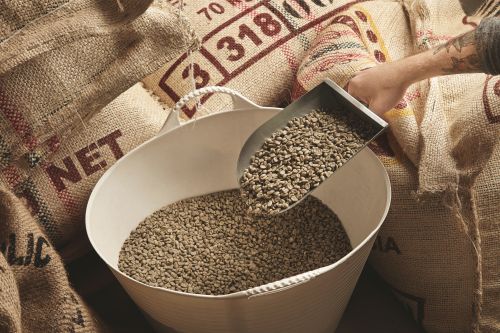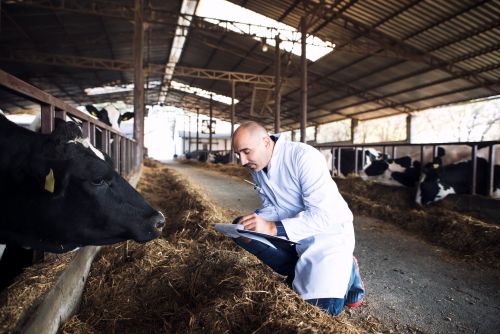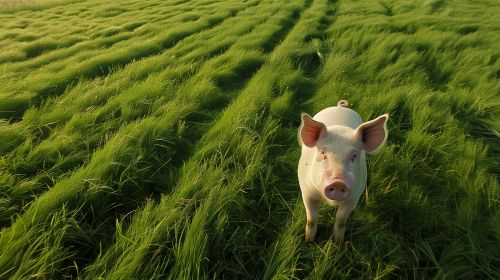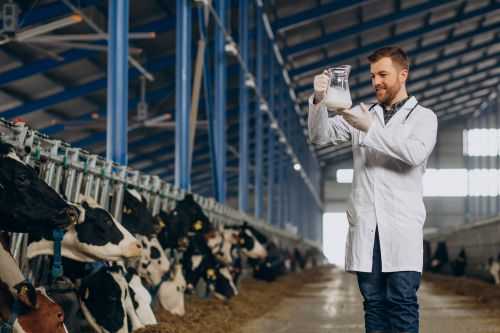669
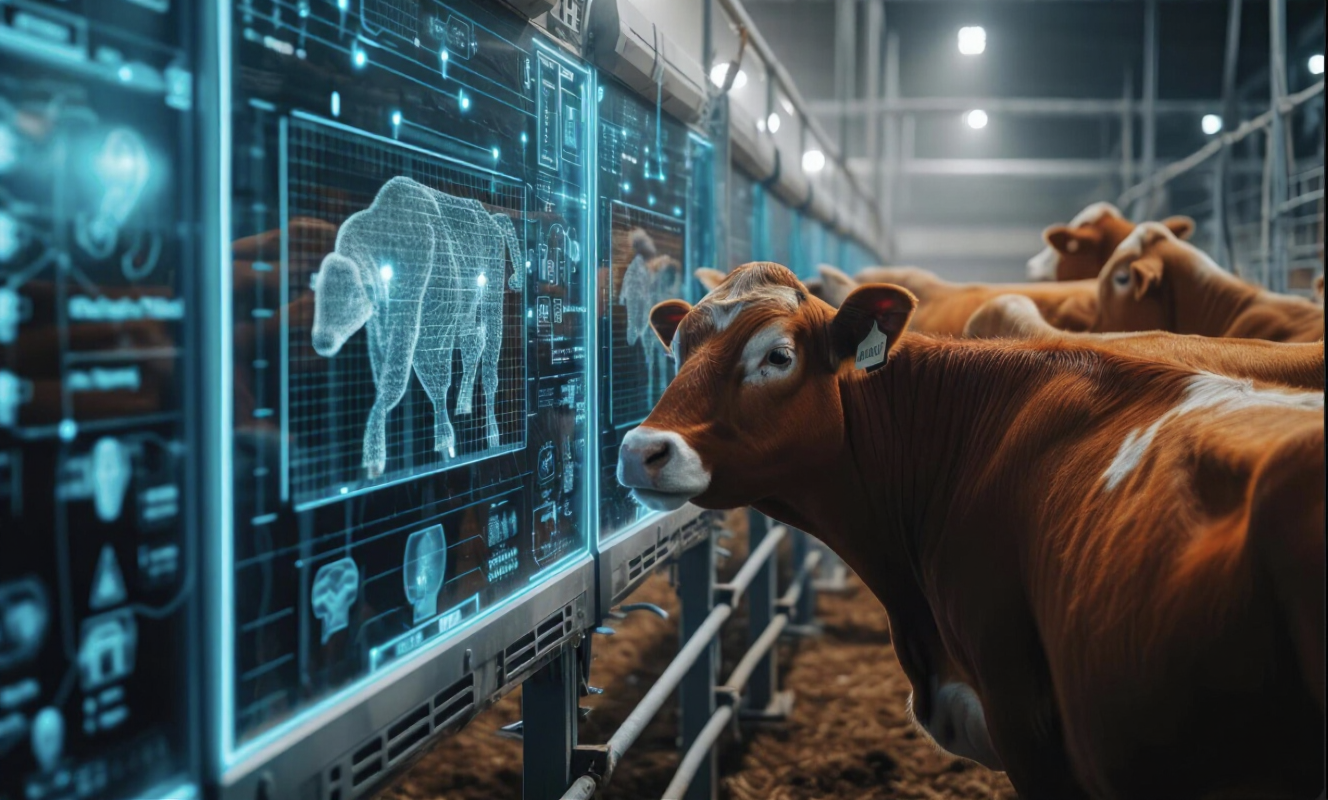
Artificial Intelligence Transforms Animal Health Monitoring in Modern Livestock Farms
Animal health monitoring has become a vital component of modern livestock farming, driven by increasing pressures related to productivity, animal welfare, food safety, and the reduction of antibiotic use. Advanced technologies—particularly those based on artificial intelligence (AI)—now enable the real-time collection, processing, and interpretation of vast volumes of biological and behavioral data, radically changing how herd health is managed.
In dairy cattle farms, as well as in pig and poultry operations, integrated systems are being used that combine biometric sensors, video cameras, directional microphones, and digital analytics platforms. Wearable sensors attached to animals or installed in shelters continuously measure body temperature, heart and respiratory rates, locomotor activity, rumination patterns, water and feed intake, and environmental parameters. Simultaneously, video and audio monitoring systems capture changes in posture, gait, or vocalizations—early indicators of pain, stress, or respiratory illness. All this data is transmitted wirelessly to centralized systems, where machine learning algorithms correlate it with historical health patterns.
Recent studies show that these technologies can predict the onset of diseases 24 to 48 hours before visible symptoms appear. For instance, clinical mastitis can be detected with over 90% accuracy based on changes in rumination, movement, and temperature. Smart systems can also predict the risk of ketosis in dairy cows within the first 10 days postpartum by analyzing subtle variations in activity and feed intake. In swine farms, AI is already being used to identify sick pigs through behavioral and sound analysis, with up to 85% accuracy—enabling rapid isolation and targeted treatment.
Integrating such solutions can reduce veterinary costs by 20–30% and cut neonatal mortality rates on commercial farms by up to 25%, according to data from Eurostat and agri-tech companies. At the same time, farms report productivity gains of 5–12% thanks to earlier interventions and more efficient reproductive management. AI also supports genetic selection by linking health and performance data with genomics to identify valuable animals for breeding.
In Romania, these technologies are being gradually adopted, particularly by large dairy and meat farms accessing European funding under the 2023–2027 National Strategic Plan. However, the share of farms using intelligent health monitoring systems remains under 10%, according to the Ministry of Agriculture and Rural Development (MADR) and the Agency for Payments and Intervention in Agriculture (APIA)—indicating significant growth potential. The main challenges remain high upfront costs, lack of digital infrastructure in rural areas, and the need for workforce training. Nevertheless, the European trend is clear: AI is set to become the standard in animal health monitoring, already being integrated into the sustainability and traceability strategies of major processors and agricultural cooperatives.
(Photo: Freepik)
